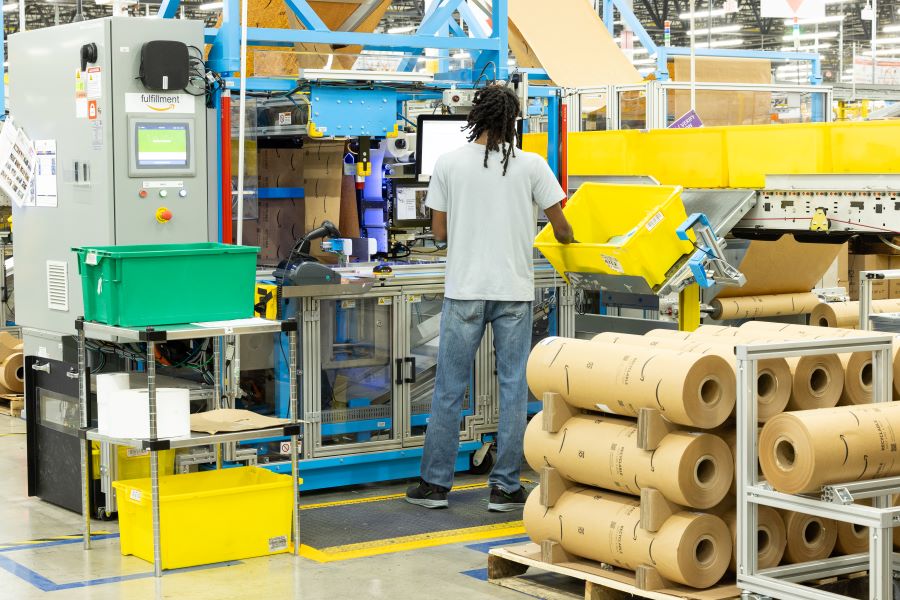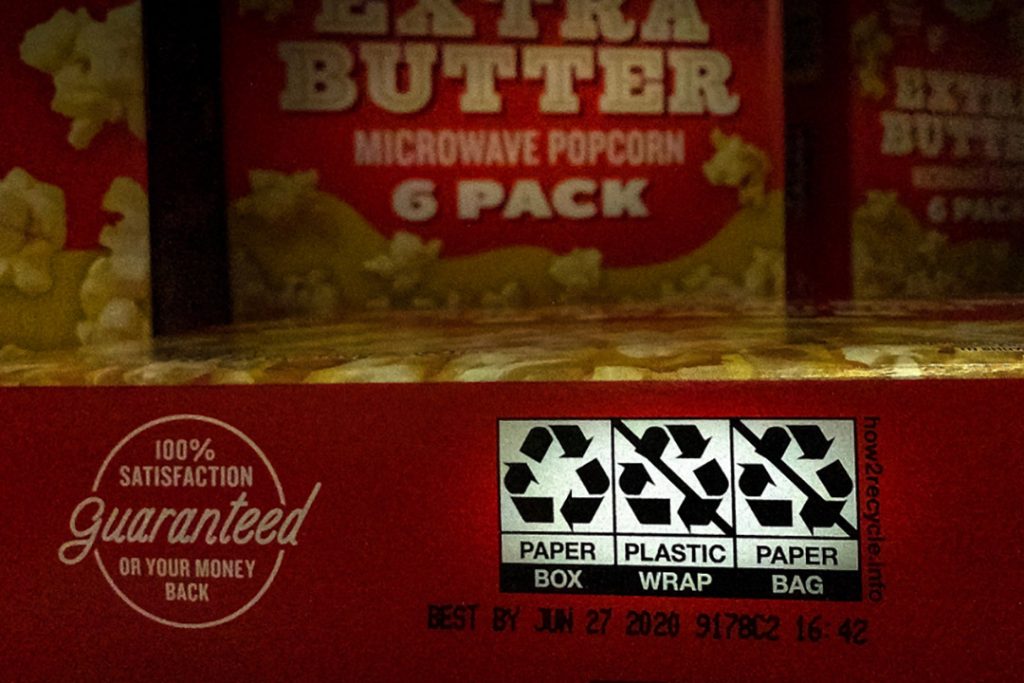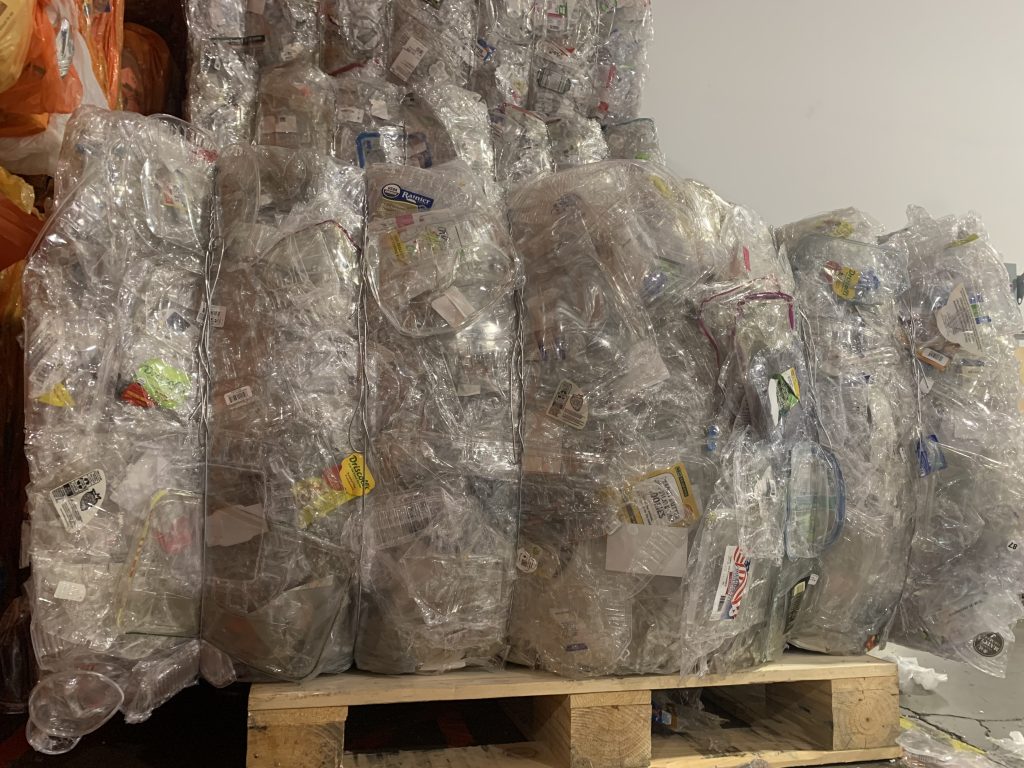
Joyseulay/Shutterstock.
This article appeared in the October 2024 issue of Resource Recycling. Subscribe today for access to all print content.
With negative mainstream media coverage eroding public trust in recycling, now is the time to make changes. An important piece of those improvements is accurate, standardized data collection.
The State of Recycling
In recent years, recycling has been hit with a wave of negative press, casting a shadow over the industry’s future. The most troubling aspect is that some critics advocate for dismantling the system rather than offering solutions to overcome known challenges and create a system that works for everyone. No matter how you cut it, recycling is an important service that plays a key role in reducing waste, lowering greenhouse gas emissions and protecting virgin resources. It also creates thousands of jobs and generates billions in revenue each year, thereby contributing to a strong economy.
Fortunately, the majority of Americans still believe in recycling. According to The Recycling Partnership’s Recycling Confidence Index, nearly 80% of people believe that recycling has a positive impact on waste reduction and is worth the effort. Despite that, less than half of those surveyed were confident their recyclables are being transformed into new products.
The data appears to validate this attitude, too. According to The Recycling Partnership’s State of Recycling report, only 21% of residential recyclables are being recycled and 76% of recyclables are lost at the household level.
This presents an opportunity to rebuild public trust in recycling through investment, policy and education. To transition to a circular economy, we must invest in the future by modernizing recycling systems and rigorously measuring efficiency at every stage.
The good news is that recycling is finally undergoing a much-needed revitalization. The U.S. EPA has committed $275 million in Solid Waste Infrastructure for Recycling grants and $75 million in Consumer Recycling Education and Outreach grants. The funding is already helping states and communities invest in infrastructure, research and data collection.
Another great sign of recycling revitalization is the emergence of extended producer responsibility programs for packaging. California, Colorado, Maine, Minnesota and Oregon have all adopted printed paper and packaging EPR legislation. Although these programs are at different stages of implementation, The Recycling Partnership estimates that EPR in these states will lead to a 35% increase in materials recycled and a 24% boost in the national recycling rate.
Why Accurate Data is Essential
The importance of reliable, high-quality data cannot be overstated. It gives policymakers, investors and program managers the information they need to make informed decisions about where investments will have the greatest impact and direct resources to where they are needed most. What’s more, robust data systems promote accountability and transparency, ensuring that all stakeholders — from producers to consumers — are contributing to waste-reduction efforts and sharing the responsibility of managing waste.
Eunomia’s groundbreaking report, The 50 States of Recycling, demonstrates the power of large-scale data analysis in its state-by-state assessment of recycling rates for containers and packaging. It emphasizes the importance of quality data, writing that “reliable and verifiable data is critical to making effective policy and programming
decisions,” and observes that “states that have more comprehensive and current data, along with a state managed reporting system, achieve higher recycling rates.”
Beyond its practical applications, data also plays a crucial role in restoring public trust in the recycling system. When the public sees evidence that recycling programs are effective and that their efforts are making a difference, they are more likely to participate actively.
National Data Reporting as the North Star
As one would expect, in states that require regular reporting, local governments and waste management districts tend to collect data that aligns with the state reporting obligations. It’s the most efficient way to measure local program performance while streamlining state-mandated reporting requirements. If a national data reporting standard were to be introduced today, it stands to reason that states would also be motivated to adapt their reporting programs to align with the national standard, thereby simplifying their reporting responsibilities.
The lack of uniformity in how states and local governments measure waste diversion reflects the country’s unique tapestry of political boundaries, jurisdictions and authorities, state regulations, local ordinances, service models, funding mechanisms, population density, wealth distribution, access to recycling and more. What’s more, there seems to be an exception to every rule. Consequently, the dream of having an end-to-end reporting system that neatly rolls up data by jurisdiction, sector or industry can sometimes feel out of reach. But the dream lives on! Imagine a national data tracking system that collects standardized data from key players across all sectors and aggregates the results into insightful summaries that can be shared with all relevant stakeholders.
Many attempts at data standardization have been made over the years, and we’re no strangers to the game, either. Working in concert with The Recycling Partnership and BioCycle, we deliver the Municipal Measurement Program, a program designed to standardize municipal residential collection program data. It was created to facilitate peer-to-peer and national benchmark comparisons.
Another example worthy of mention is the EPA’s State Measurement Program, which was designed to encourage collaboration among state agencies and facilitate data-sharing. The program is no longer in operation, but it was on the right track.
Establishing a national data standard and reporting framework would act as a rallying call for all stakeholders to harmonize language and align methodologies to establish consistent measurement across the entire system.
The Path Forward
In addition to maintaining funding for infrastructure upgrades, program support and research, the EPA needs to continue collaborating with industry stakeholders to make sustained progress toward achieving all five strategic objectives outlined in its National Recycling Strategy.
One of the five strategic objectives, standardize measurement and increase data collection, will create a more resilient and cost-effective national recycling system. The strategy correctly explains that “different definitions and measurement practices create challenges to setting goals and tracking progress. Stakeholders across the recycling system agree that more consistent measurement methodologies are needed to measure recycling system performance.”
Achieving this objective will depend on the effective execution of these key activities:
- Develop and implement national recycling system definitions, measures, targets and performance indicators.
- Create a tracking and reporting plan.
- Create recycled content measures.
- Coordinate domestic and international measurement efforts.
- Increase data availability and transparency about recyclable materials generated and the materials manufacturers need by:
- Gathering data.
- Improving data availability and transparency.
- Improving the accessibility of data for product design and procurement.
In addition, the emergence of EPR in states across the country offers hope and good reason to be optimistic about recycling’s future. These policies are likely to bring significant changes to the recycling landscape including:
- Producers now share the responsibility of material collection and recovery.
- Reduction of the financial burden placed on local governments in the collection and processing of materials.
- Incentivization of producers to improve the recyclability of their products and packaging.
- Motivation of the private sector to promote recycling in support of a circular economy.
- Encouragement of industry collaboration to reduce costs and increase recycling.
As EPR programs are developed, it’ll be important for producer responsibility organizations to explore opportunities to connect to existing local government programs to streamline data reporting and facilitate data-sharing.
The implementation of national data reporting policies is not just a bureaucratic exercise, it is a necessary step toward creating a more efficient, transparent and effective recycling system in the U.S. With reliable data, policymakers can make better decisions, the public can regain trust in the recycling process and the nation can move closer to its national recycling goals.
Josh Reid is the CEO of Re-TRAC and parent company Emerge Knowledge Design Inc. This article first appeared in Policy Now.
The views and opinions expressed are those of the author and do not imply endorsement by Resource Recycling, Inc. If you have a subject you wish to cover in an op-ed, please send a short proposal to [email protected] for consideration.










